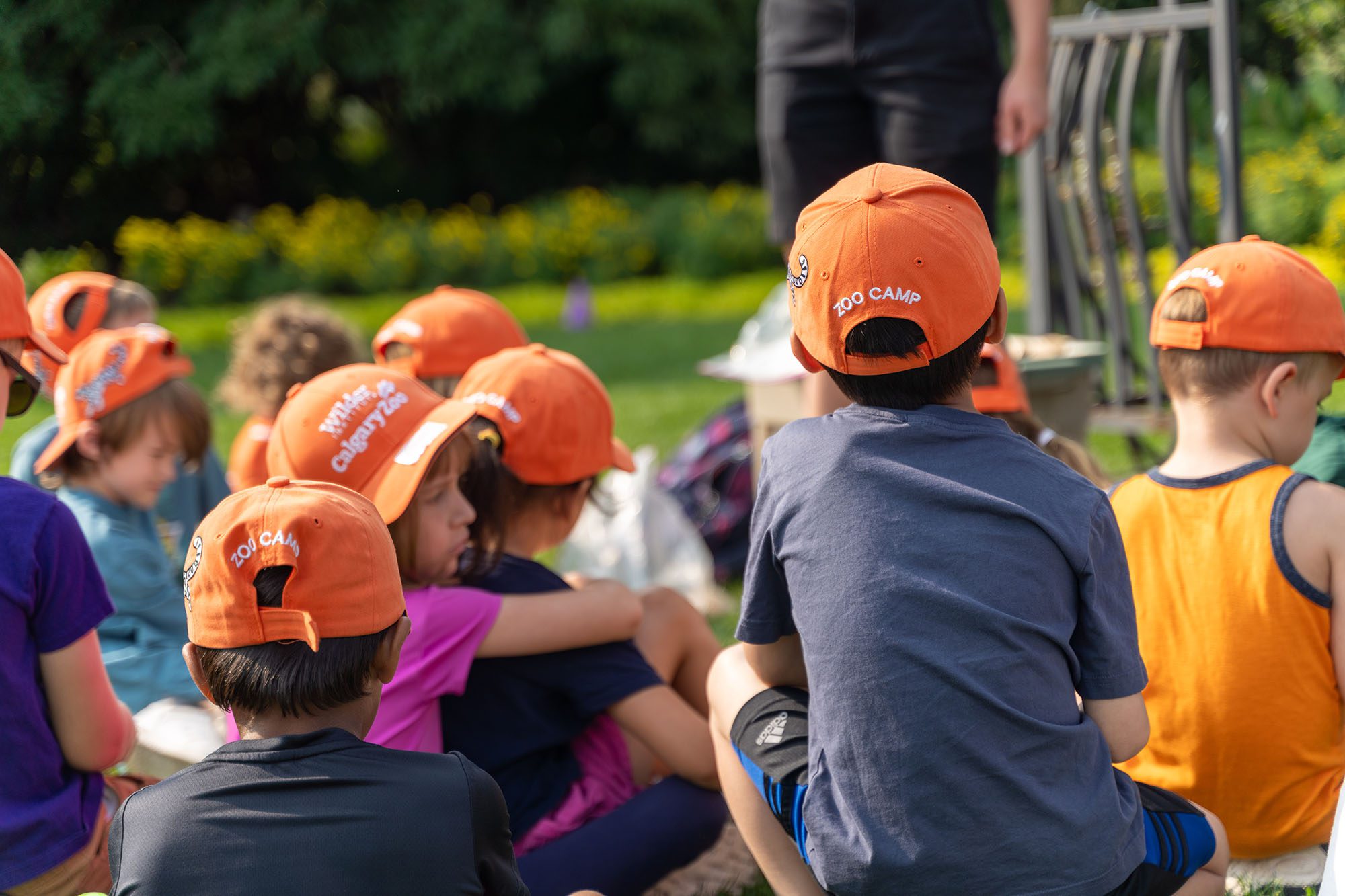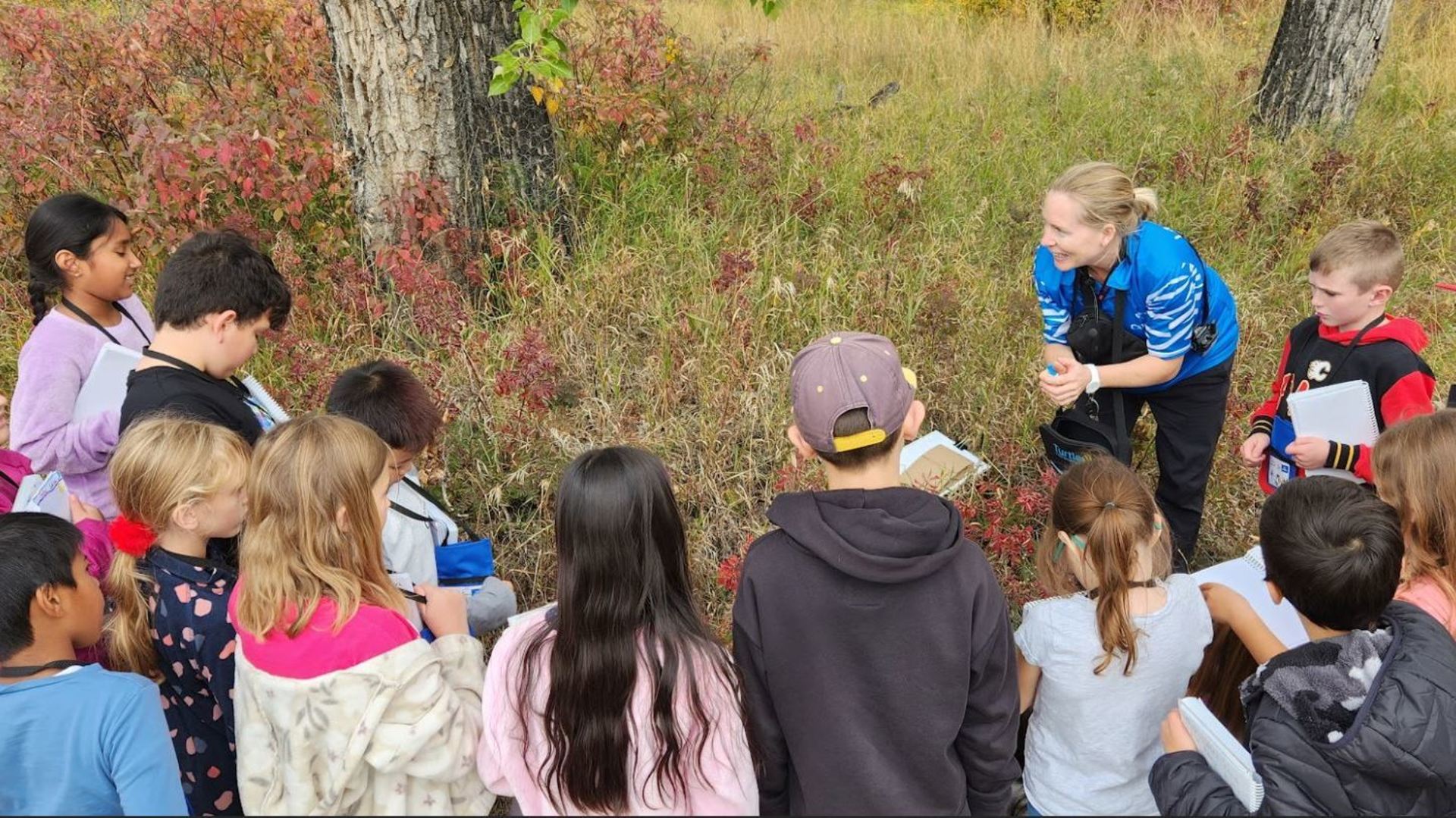
School Programs
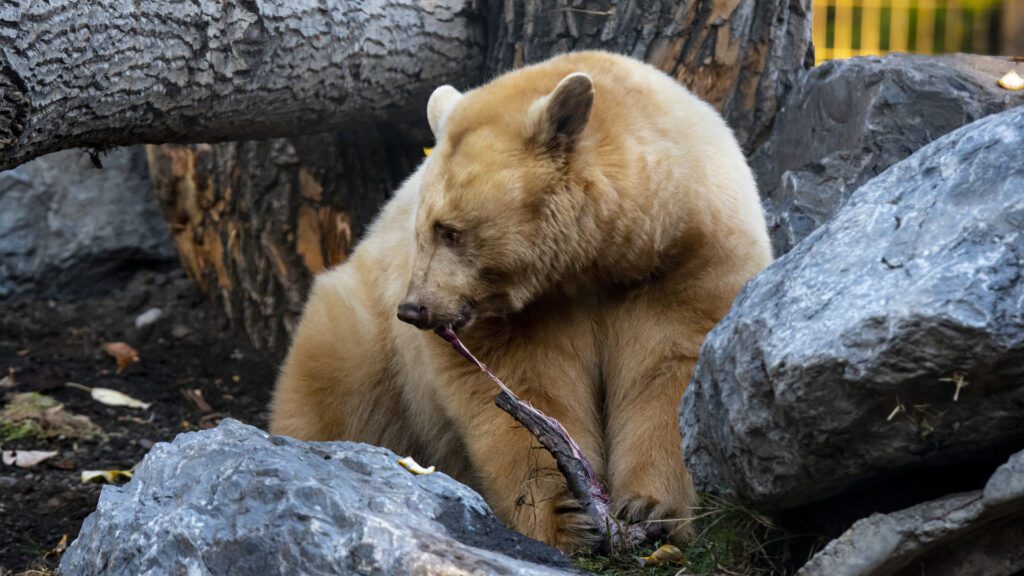
In School Program
Bear Necessities
Students will gain an understanding of bear species native to Canada. They will examine the question “how do humans impa…
Read More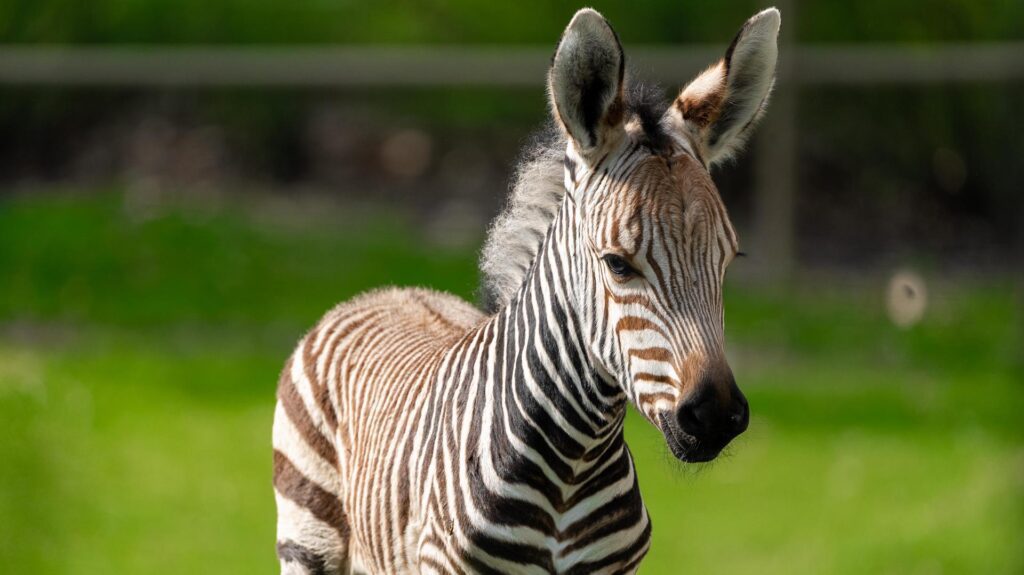
In School Program
Biodiversity
Students will be investigating three different levels of biodiversity: genetic diversity, species diversity, and ecosyst…
Read More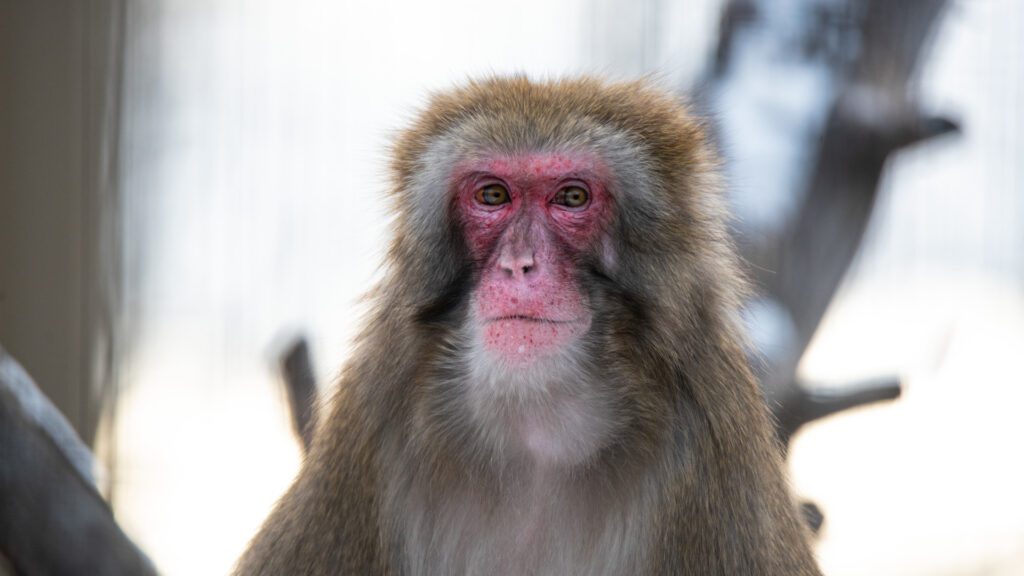
In School Program
Biology 30: Population and Community Dynamics
Conservation is the primary focus, drawing on important concepts such as biological and genetic diversity to better unde…
Read More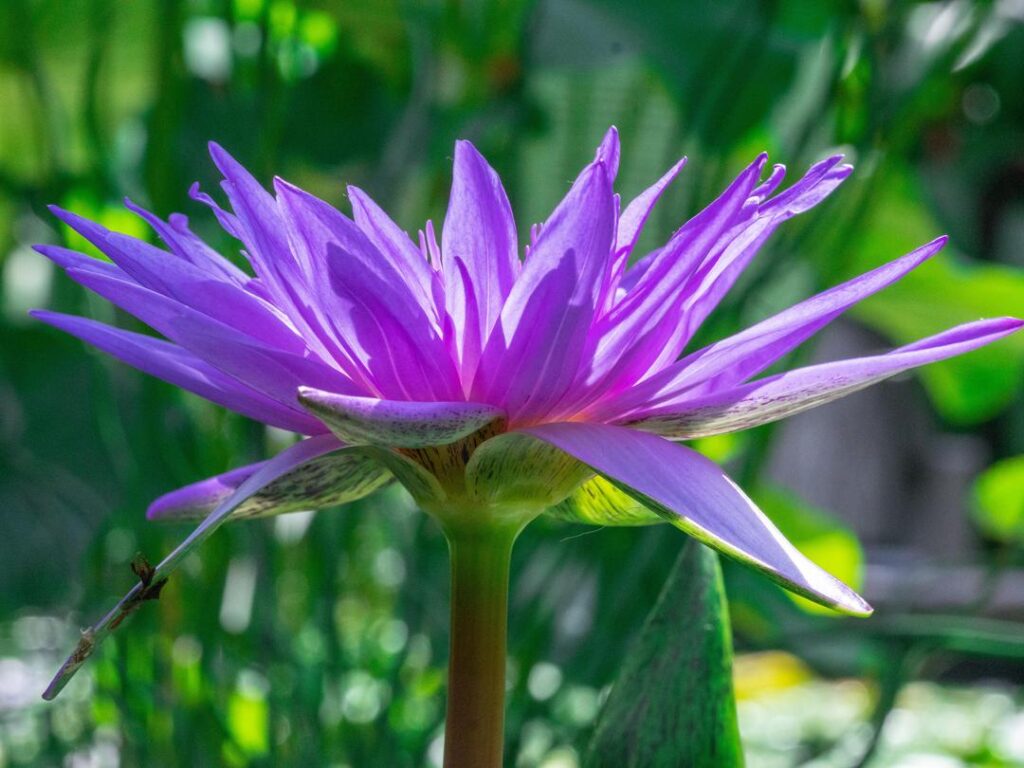
In School Program
Interactions and Ecosystems (6-7)
From the tiniest puddle to the highest mountain range, our world is full of ecosystems in which plants and animals inter…
Read More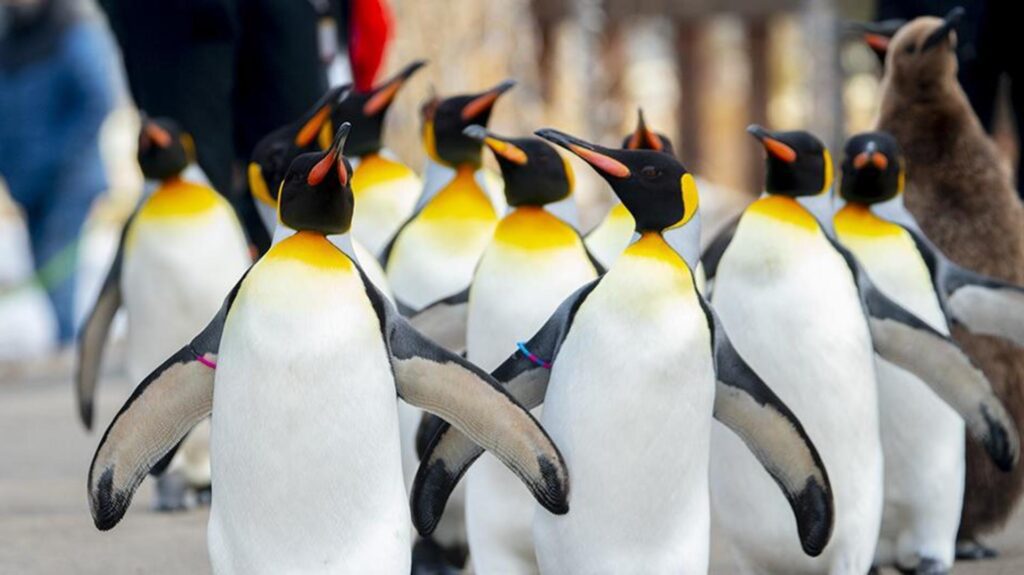
In School Program
Penguin Palooza
Students will act as conservation scientists rescuing a penguin as they move through various stations learning about ada…
Read More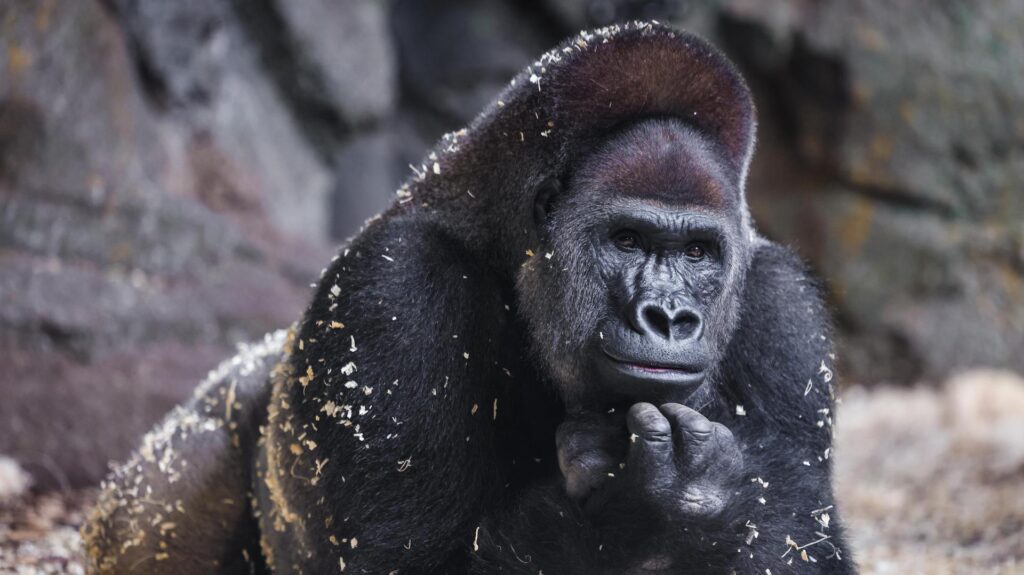
In School Program
The One and Only Ivan
Inspired by the novel “The One and Only Ivan” by K.A. Applegate, this program compares the life of Ivan from the story t…
Read More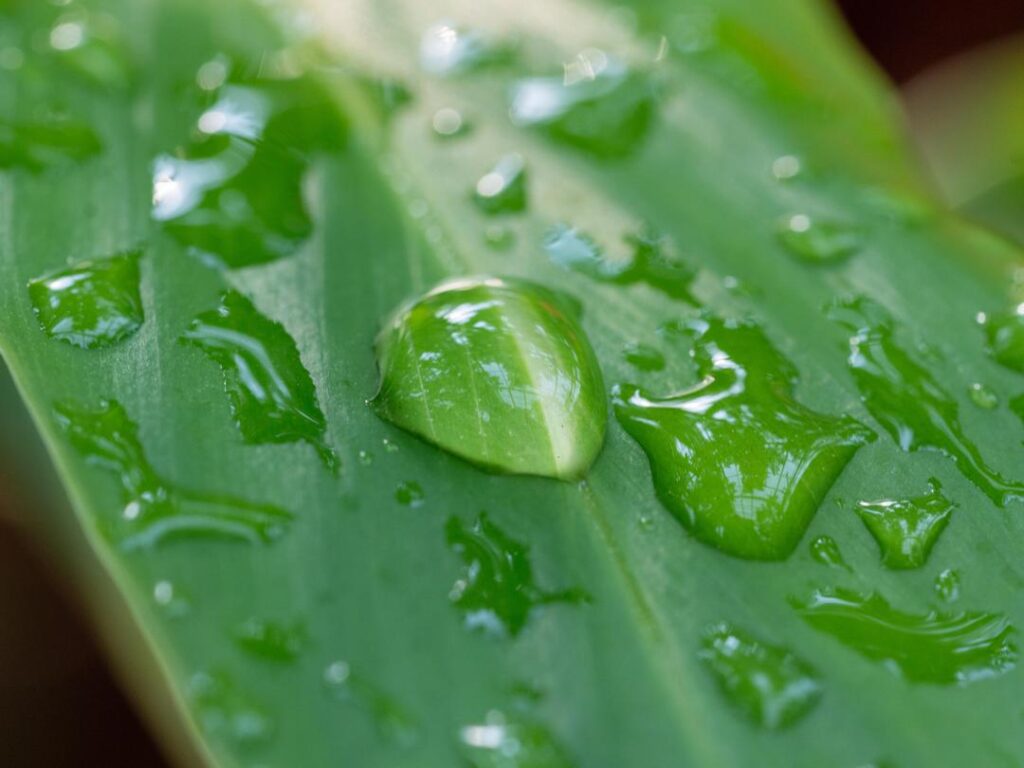
On-site Program
*New* Climate Science (10-12)
This is an advanced-level program that delves deep into the scientific principles behind climate change. Through interac…
Read More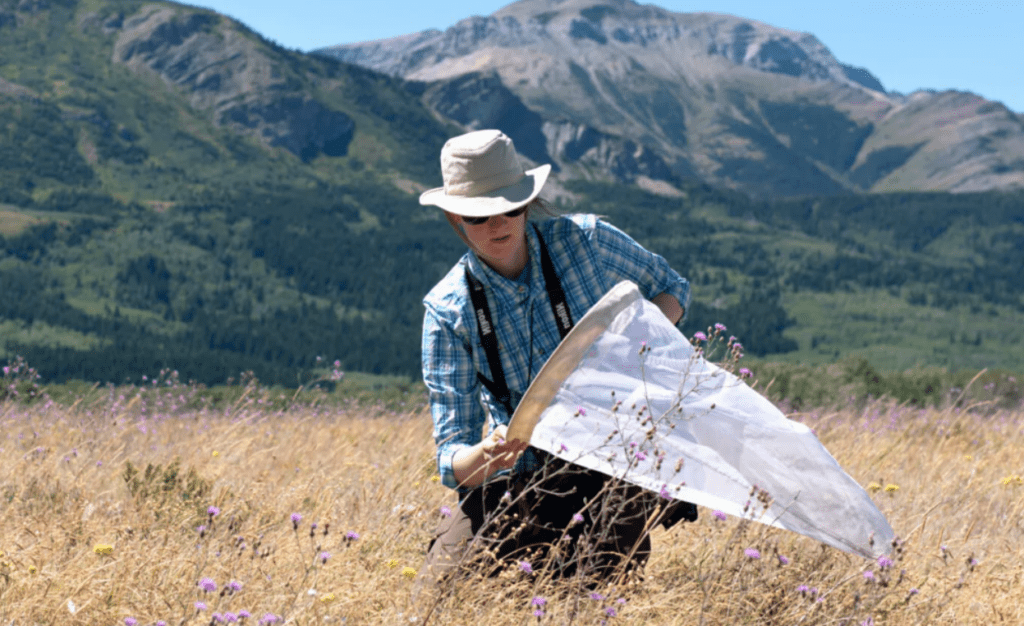
On-site Program
*New* Conservation Science (10-12)
This program will have students examining the importance of wildlife conservation by utilizing the tools, strategies and…
Read More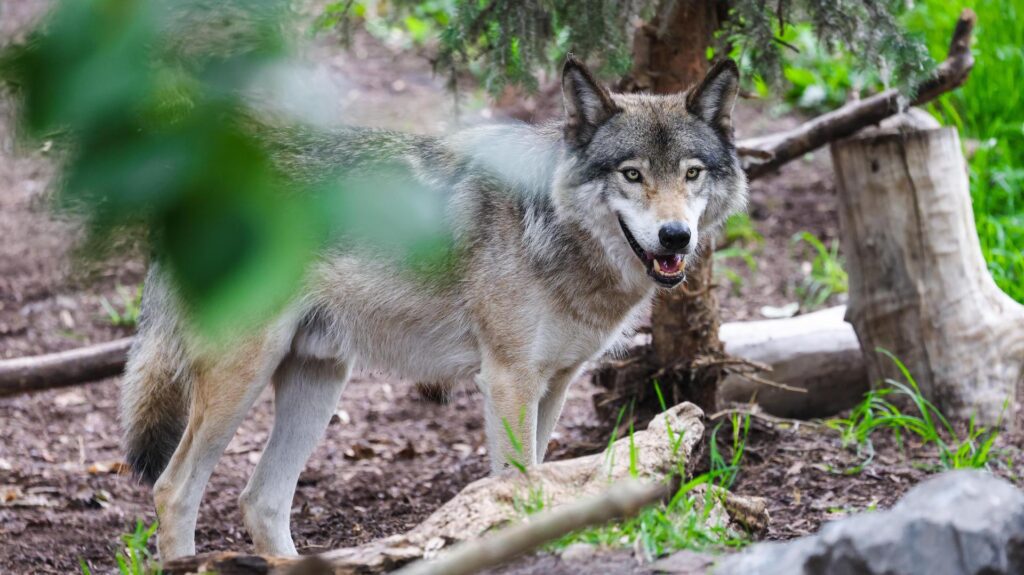
On-site Program
*New* Edu Trek: Wild Canada
Wild Canada Edu-Trek is an unforgettable zoo tour that takes you on an adventure through various natural habitats found…
Read More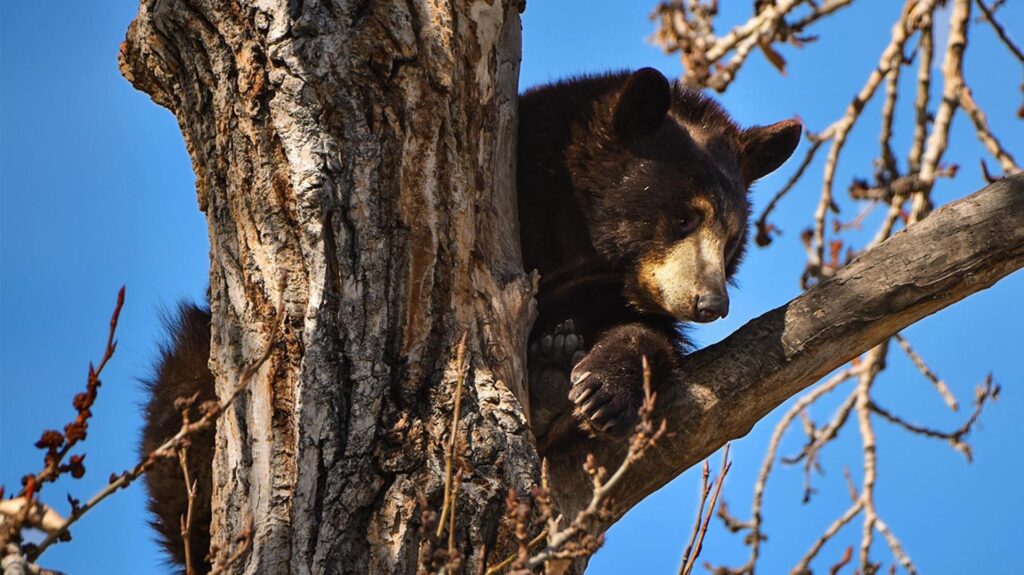
On-site Program
Bear Necessities (K-3)
Students will gain an understanding of bear species native to Canada. They will examine the question, “How do humans imp…
Read More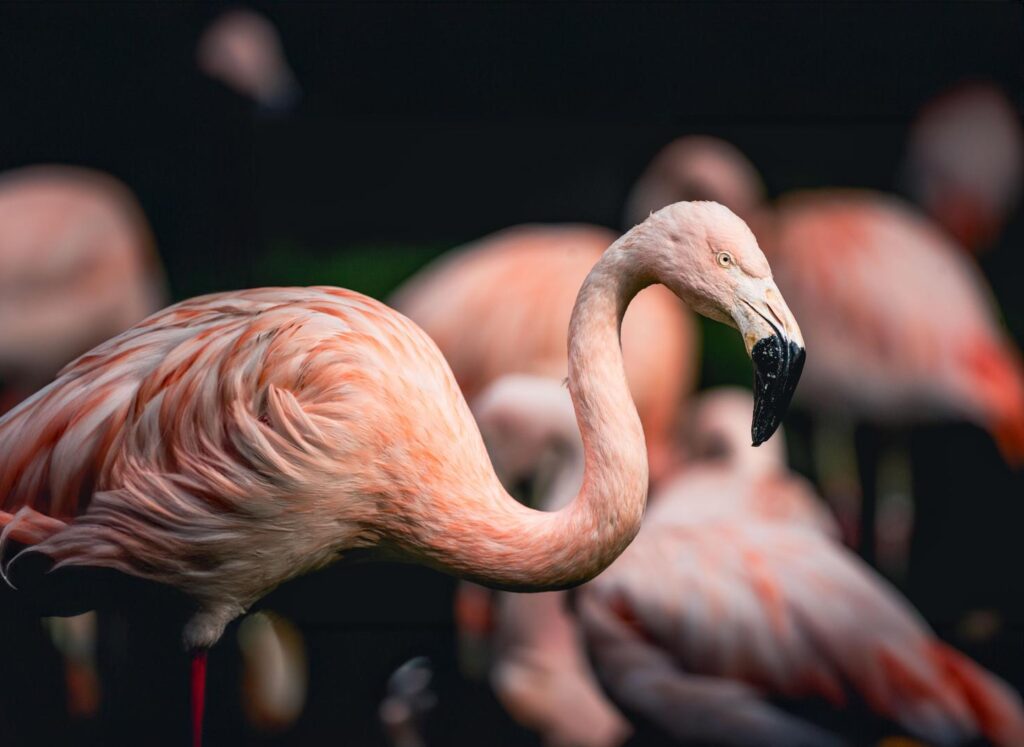
On-site Program
Biodiversity (9)
Students will be investigating three different levels of biodiversity: genetic diversity, species diversity, and ecosyst…
Read More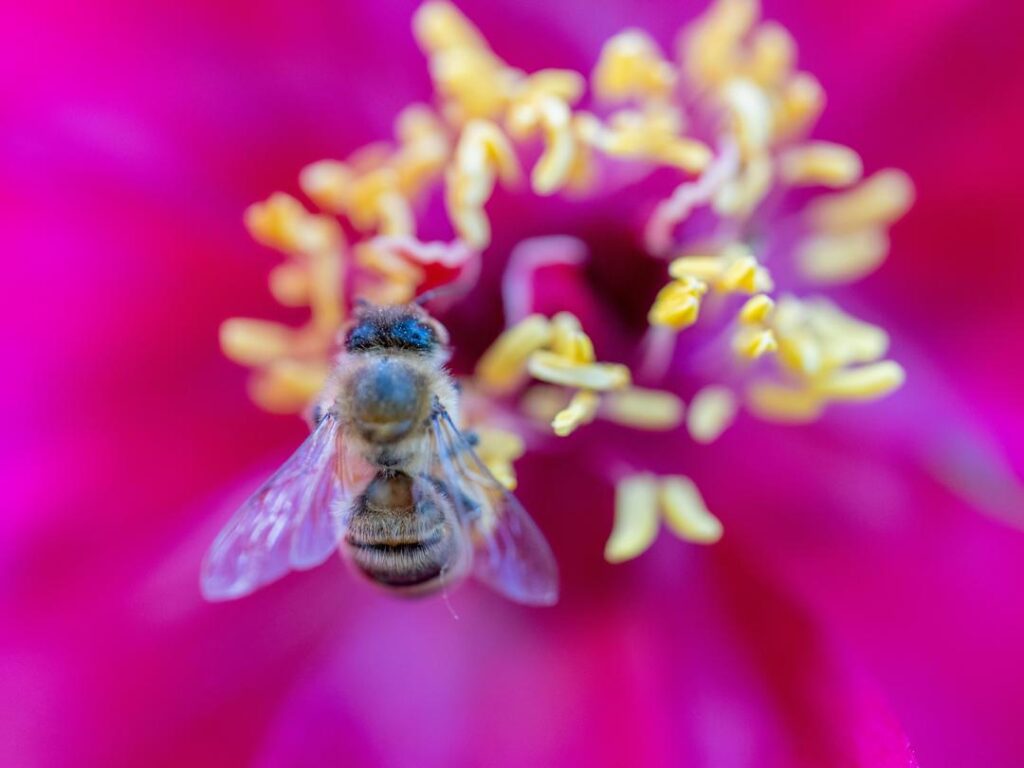
On-site Program
Biology 30: Population and Community Dynamics (12)
Conservation is the primary focus, drawing on important concepts such as biological and genetic diversity to bett…
Read More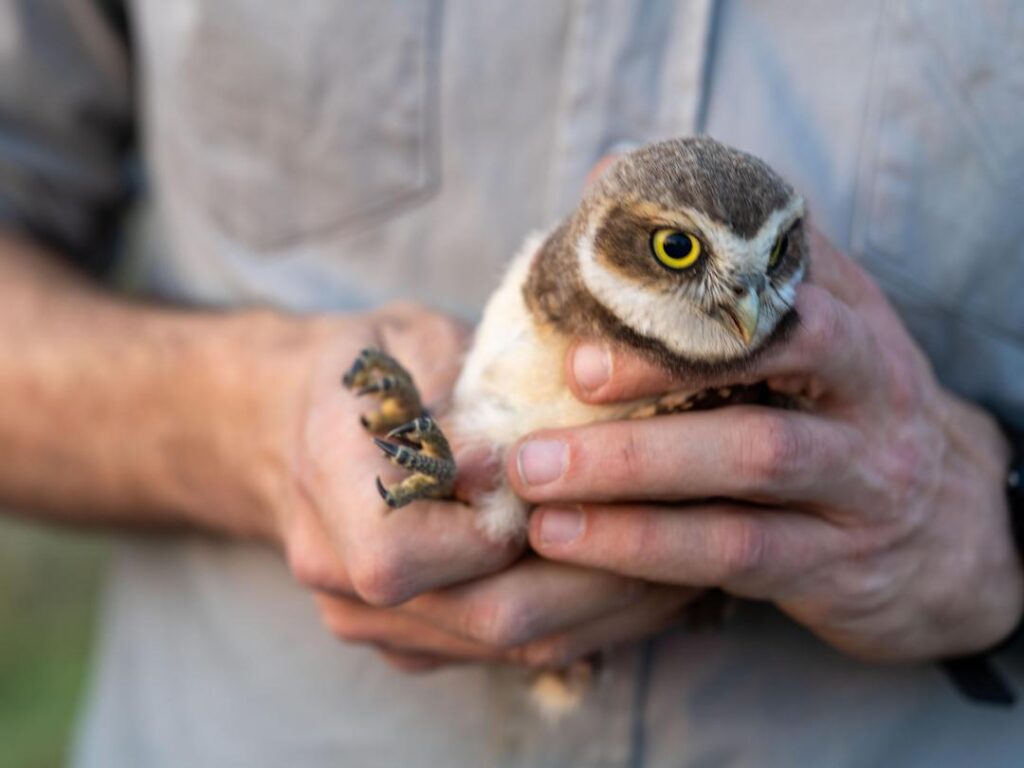
On-site Program
Burrowing In with Burrowing Owls (4-6)
The burrowing owl is a unique grassland species, whose Canadian population has declined by 90% since the 1990s. The owl…
Read More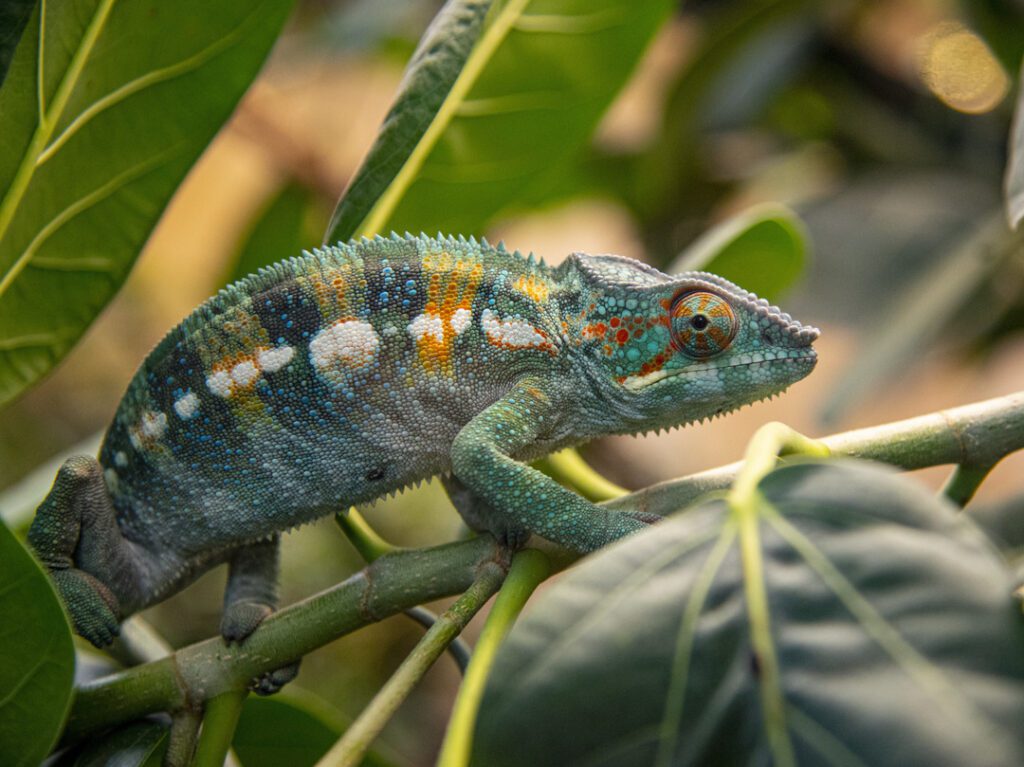
On-site Program
Changes (11)
The concepts of adaptation, classification, evolution, and speciation are brought to life through the observation of pri…
Read More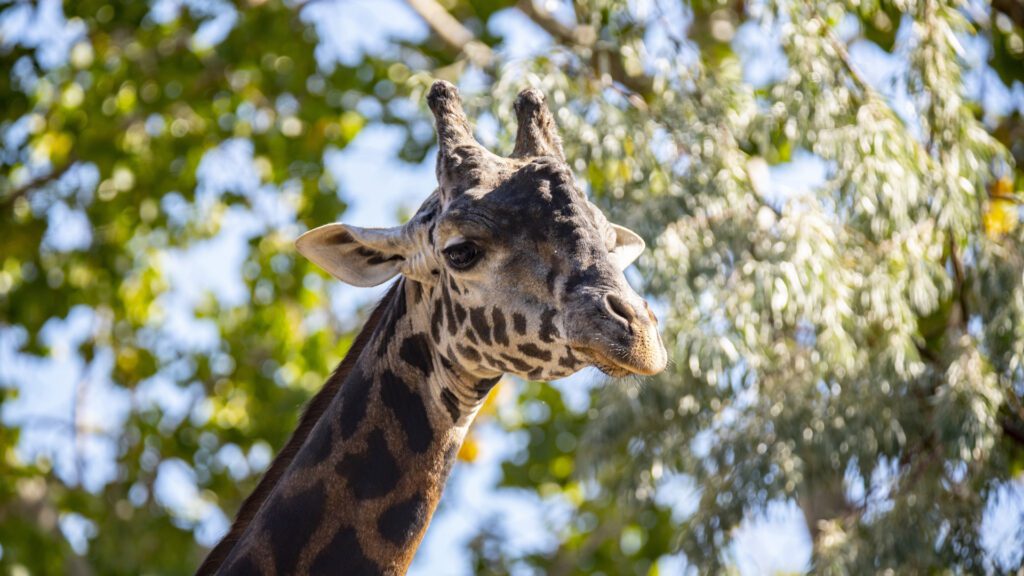
On-site Program
Edu Trek: Destination Africa
Observe the unique animals of the African savannah and rainforest while being toured by a knowledgeable conservation edu…
Read More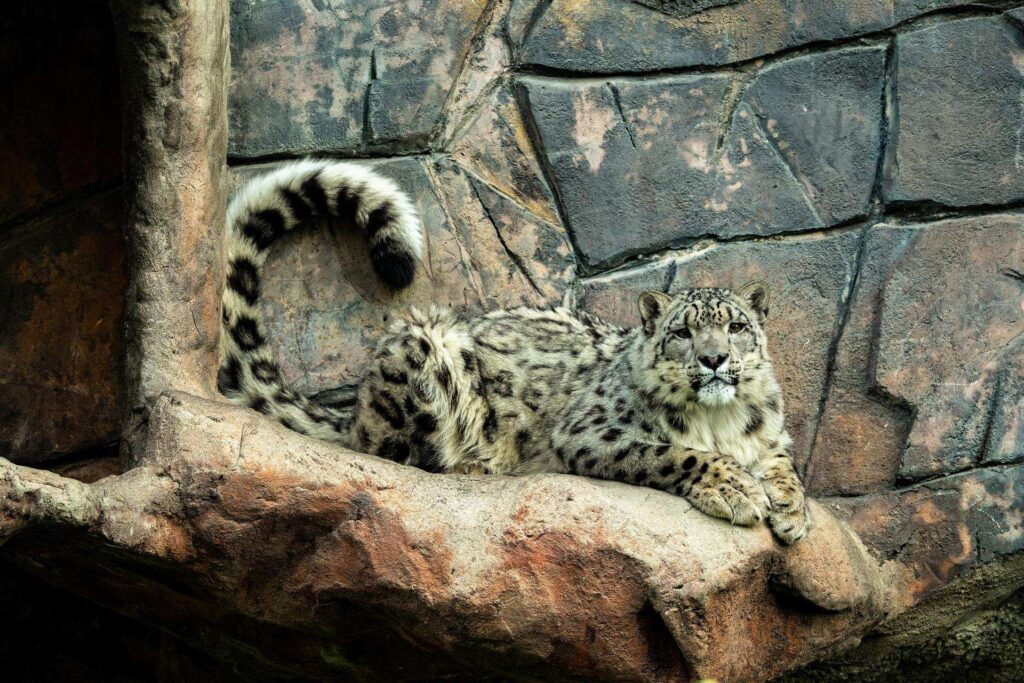
On-site Program
Edu Trek: Exploration Asia
Discover the spectacular animals that call Asia home while being toured by a knowledgeable conservation educator. Our ed…
Read More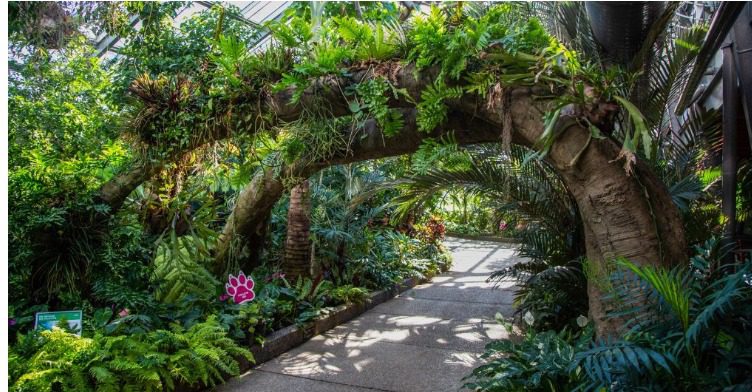
On-site Program
Edu-Trek: Plant Conservatory
There are a variety of plants that grow in natural harmony here, and each play a role in supporting our healthy environm…
Read More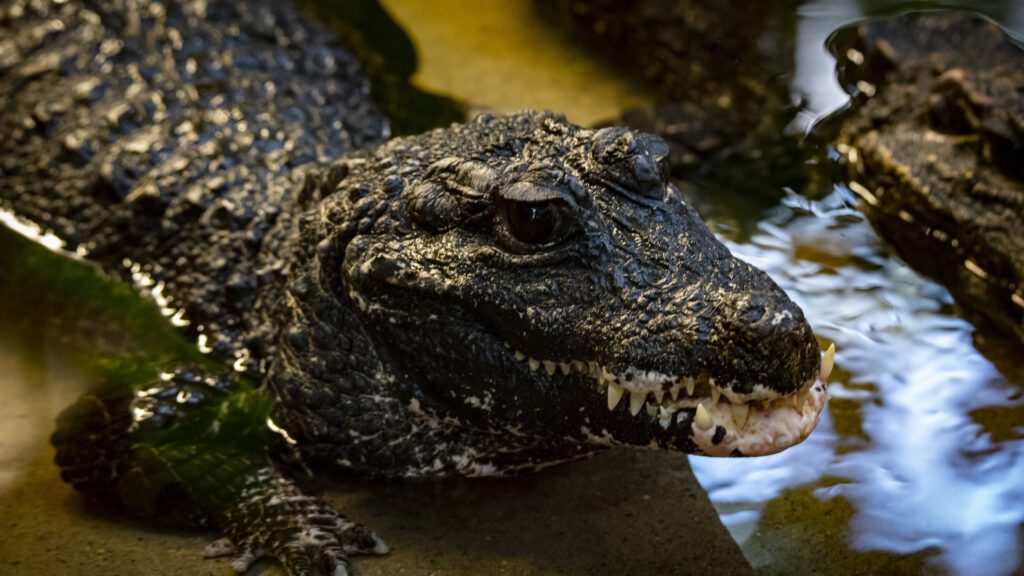
On-site Program
Fresh and Salt Water Systems (8)
Students will explore the relationship between water quality and living things, learn about the biofilter systems that k…
Read More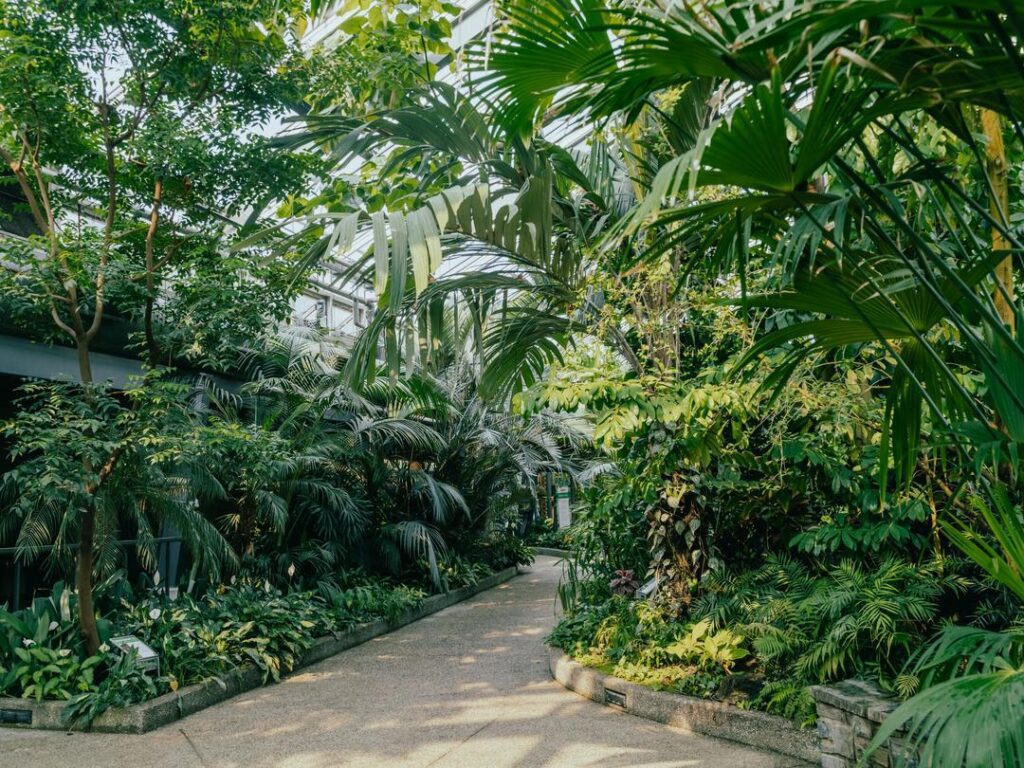
On-site Program
Green and Gorgeous (3-5)
In this program students will act as budding botanists, learning about the importance of plants in our world. Through st…
Read More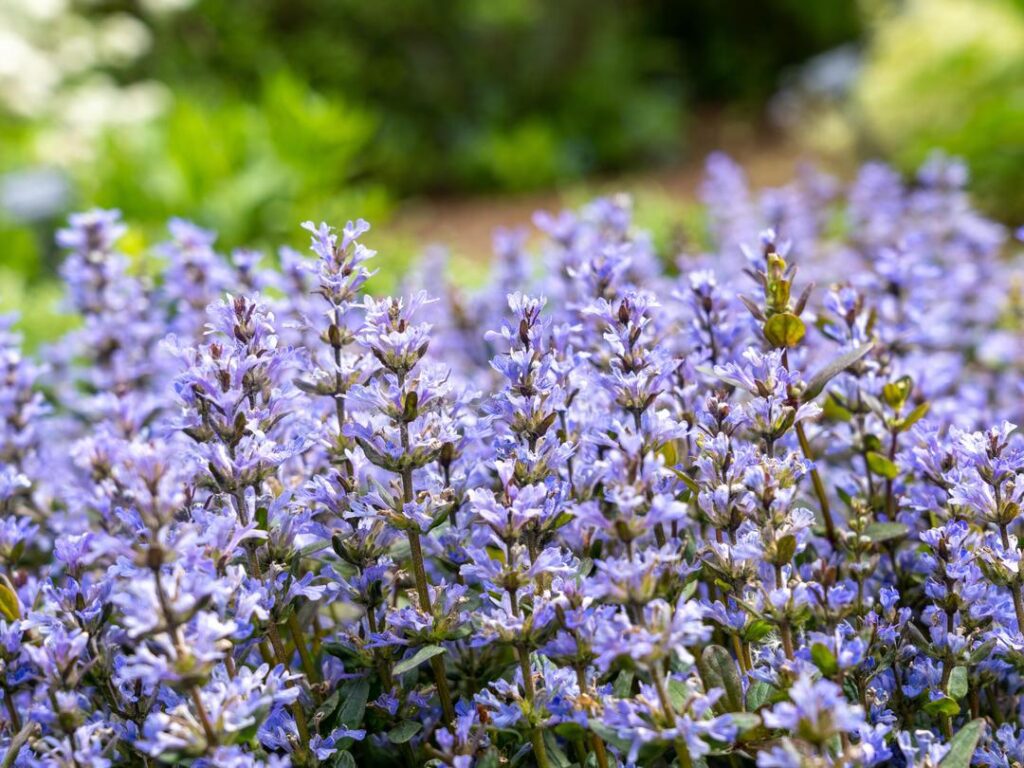
On-site Program
Interactions & Ecosystems (6-7)
From the tiniest puddle to the highest mountain range, our world is full of ecosystems in which plants and animals inter…
Read More
On-site Program
Penguin Palooza (K-3)
Students will act as conservation scientists rescuing a penguin as they move through various stations learning about ada…
Read More
On-site Program
The One and Only Ivan (4-6)
Inspired by the novel “The One and Only Ivan” by K.A. Applegate, this program compares the life of Ivan from the story t…
Read More
Virtual Program
Penguin Palooza
Students will discover the world of penguins in our virtual adaptation of our Penguin Palooza program. Through investiga…
Read More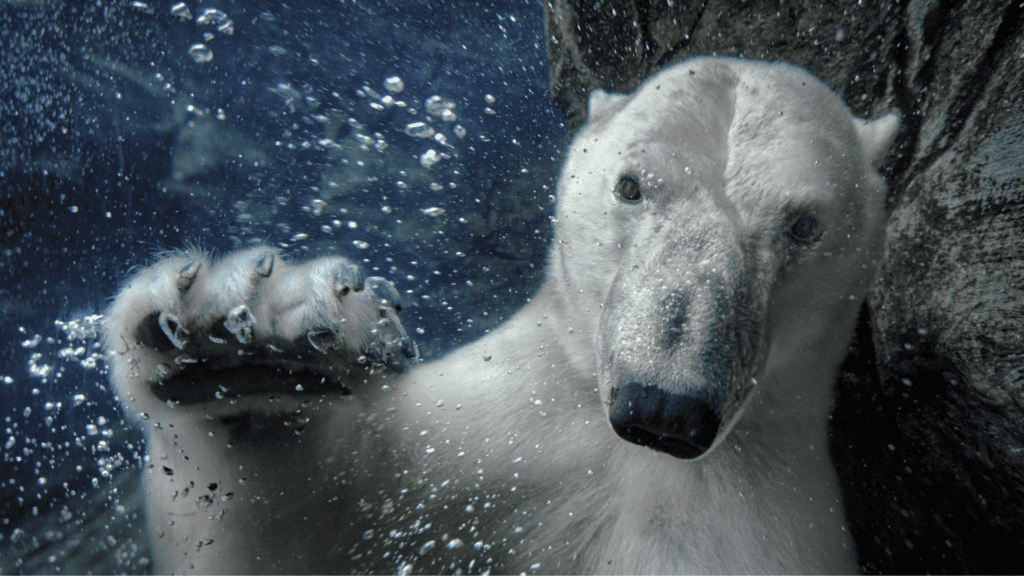
Virtual Program
Polar Passage
Polar Passage is an interactive and educational virtual expedition that allows young learners to embark on a captivating…
Read More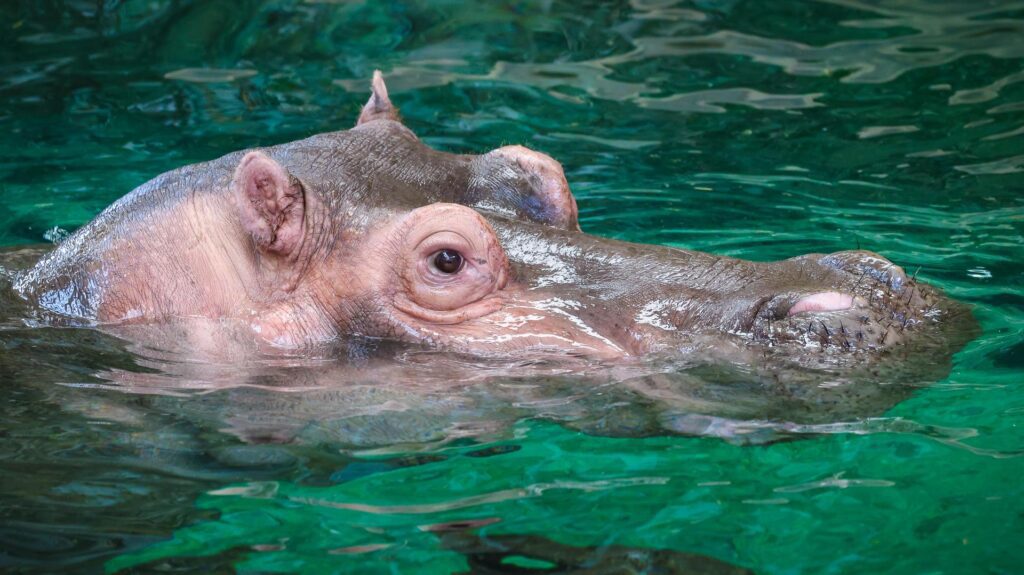
Virtual Program
Virtual Safari: Destination Africa
Observe the unique animals of the African savannah and rainforest while being virtually toured by a knowledgeable conser…
Read More
Virtual Program
Virtual Safari: Exploration Asia
Discover the spectacular animals that call Asia home while being toured by a knowledgeable conservation educator. Our ed…
Read More
Virtual Program
Virtual Safari: Wild Canada
Virtual Safari: Wild Canada is an unforgettable virtual zoo tour that takes you on an adventure through various natural…
Read More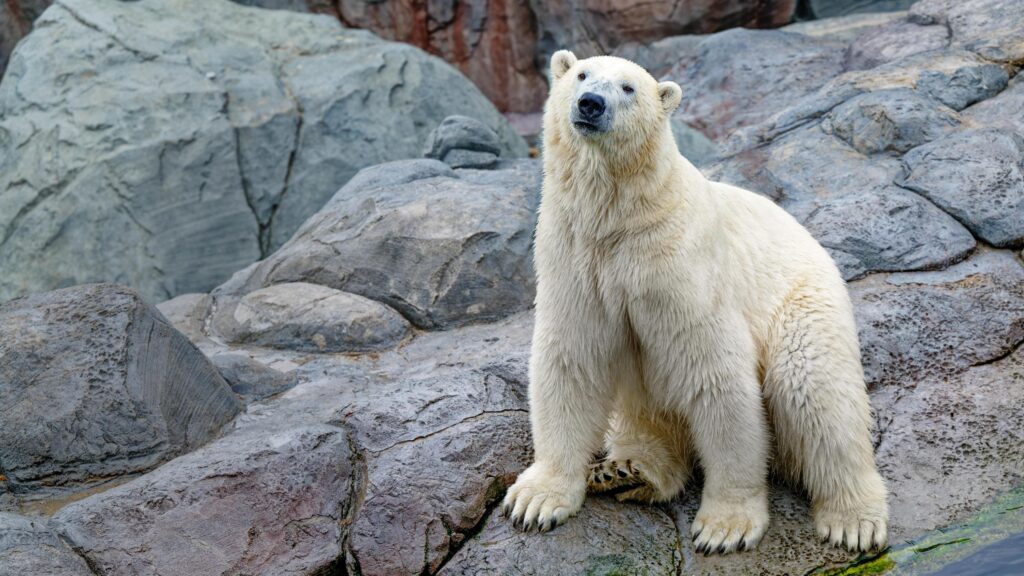
On-site Program
*New* Arctic Adventure (K-3)
Arctic Adventure is an age-appropriate, hands-on, and engaging educational experience that introduces our young students…
Read More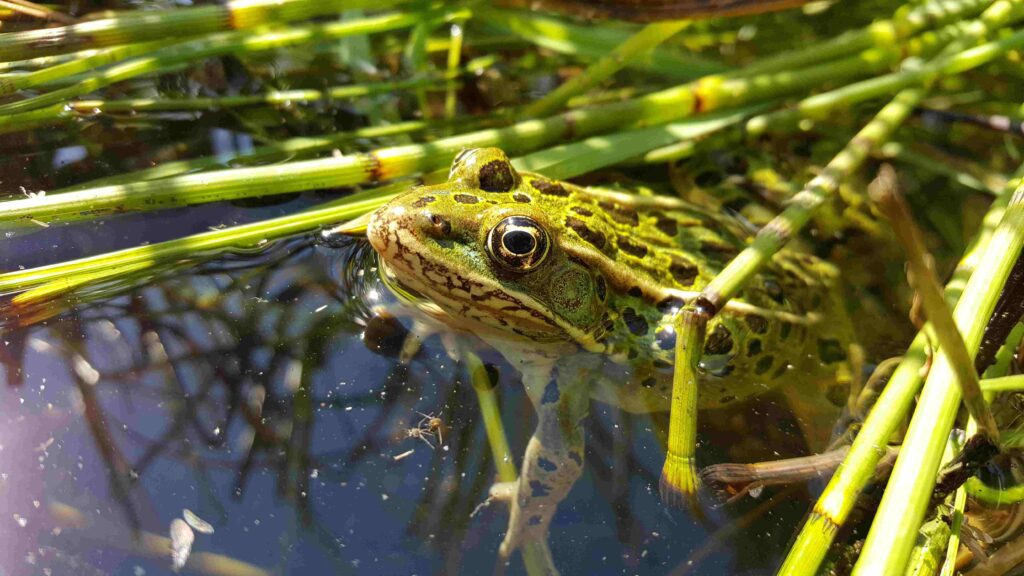
Virtual Program
Wilder 101
Step into the heart of conservation with the Wilder Institute/Calgary Zoo through this interactive virtual program. Join…
Read More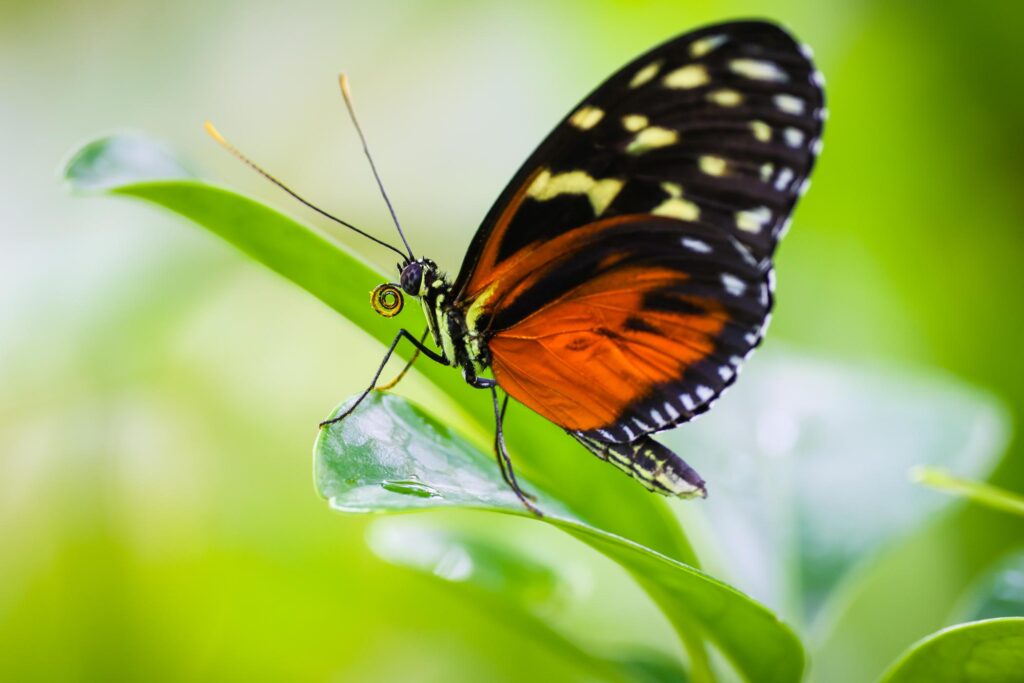
On-site Program
On Gossamer Wings (K-3)
Butterflies and moths have unique adaptations to live in their environments, but also share similarities with humans. In…
Read More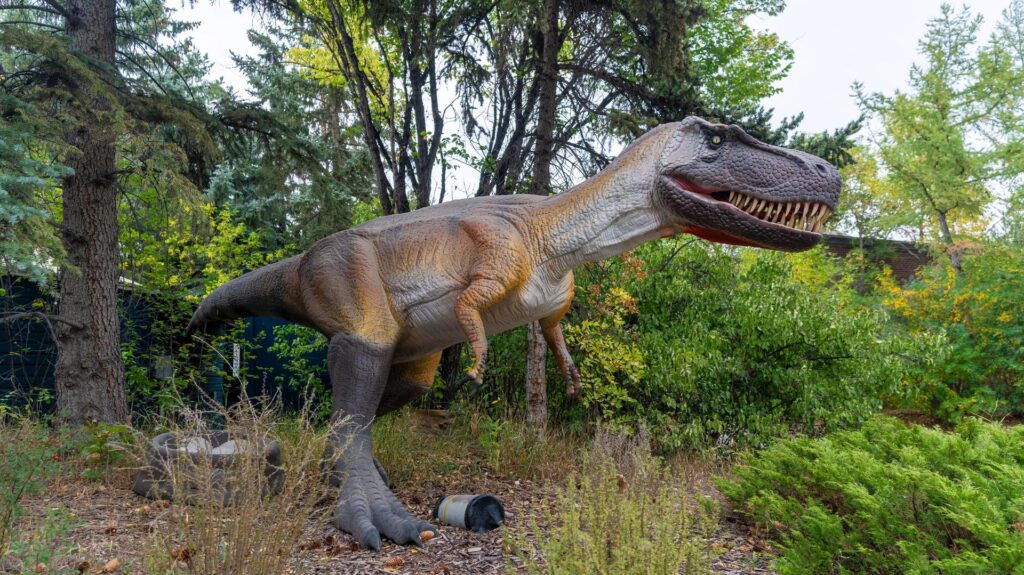
On-site Program
Dino Styles (K-2)
From different styles of adaptations to different styles of families, this high-energy program explores the creation of…
Read More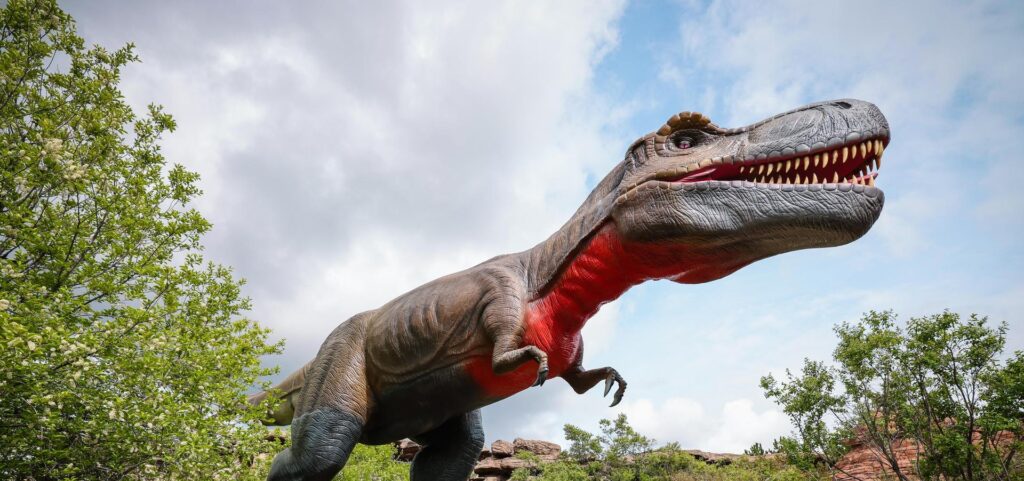
On-site Program
Dinos: Digging Deeper (3-6)
Get ready to solve the mystery of the fossil discovery. In this program students will act like paleontologists and use f…
Read MoreShowing 32 of 32

